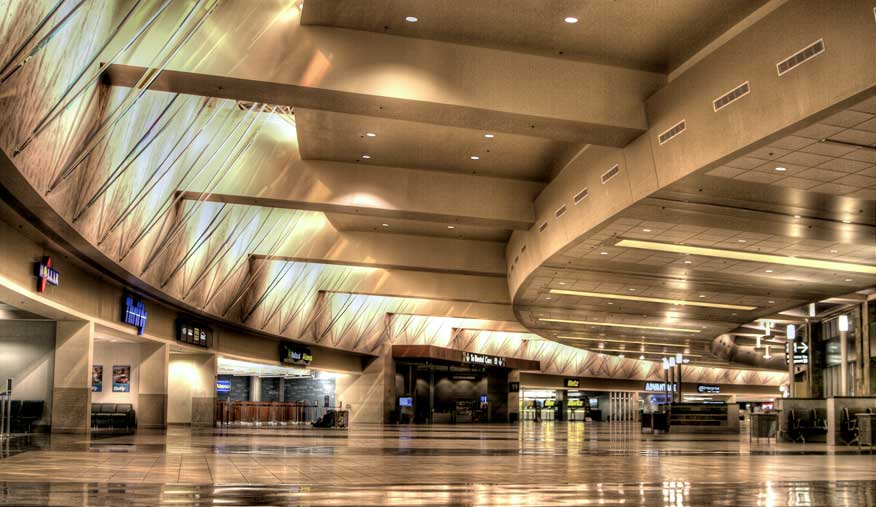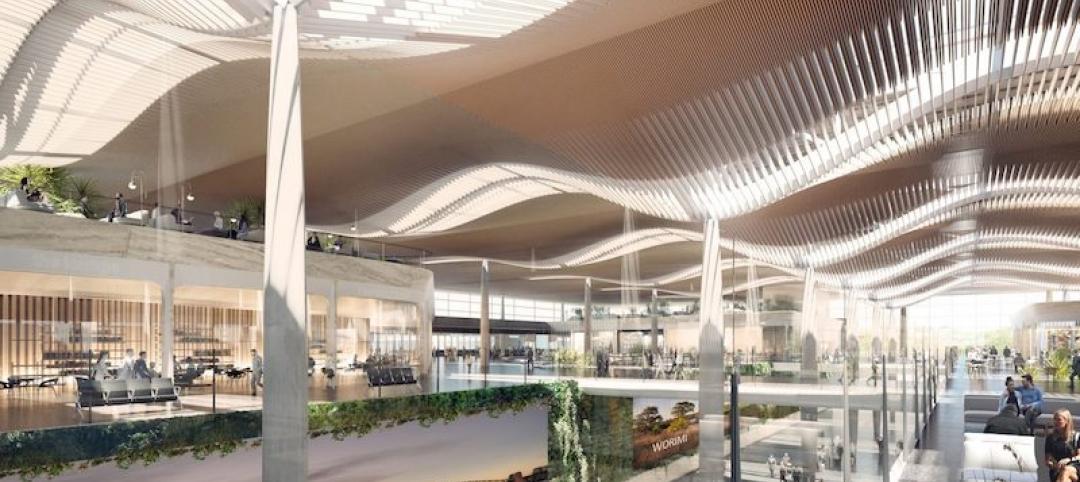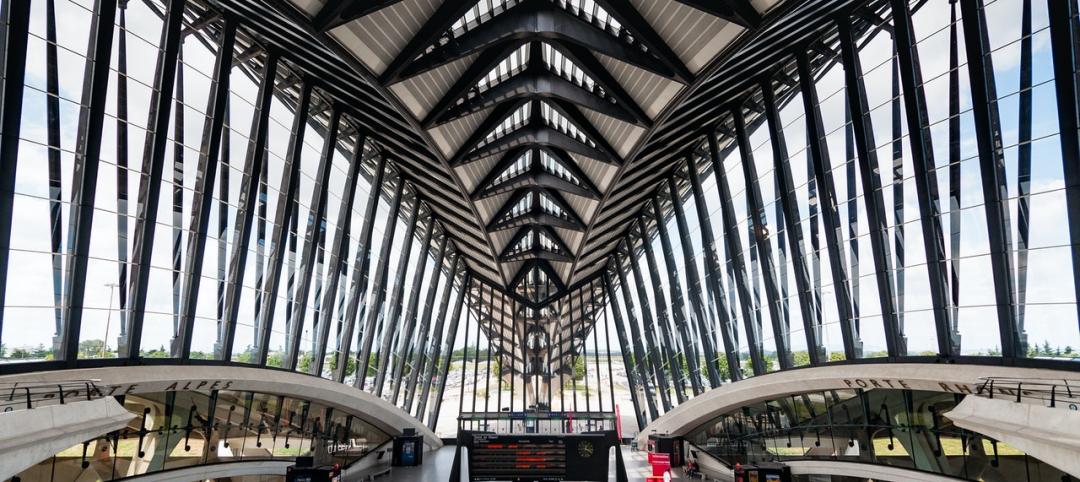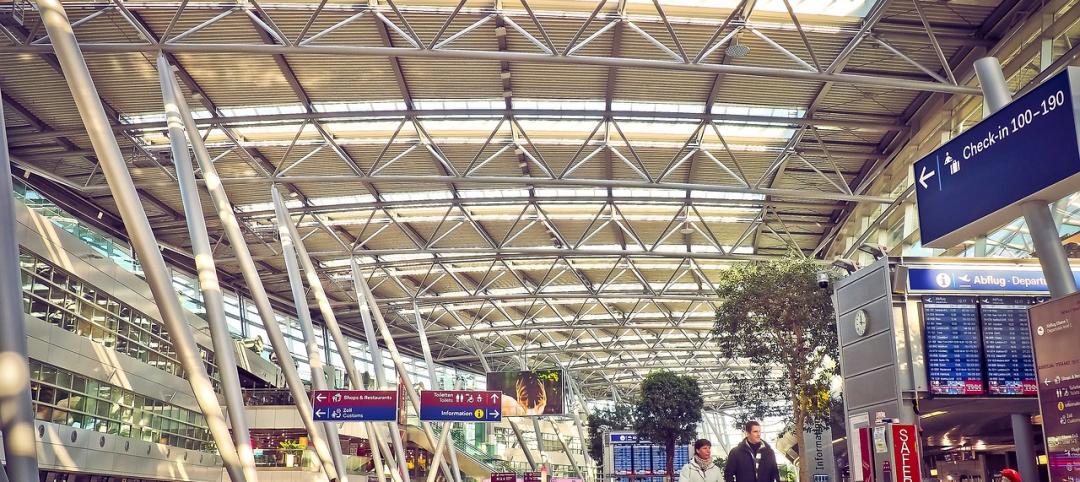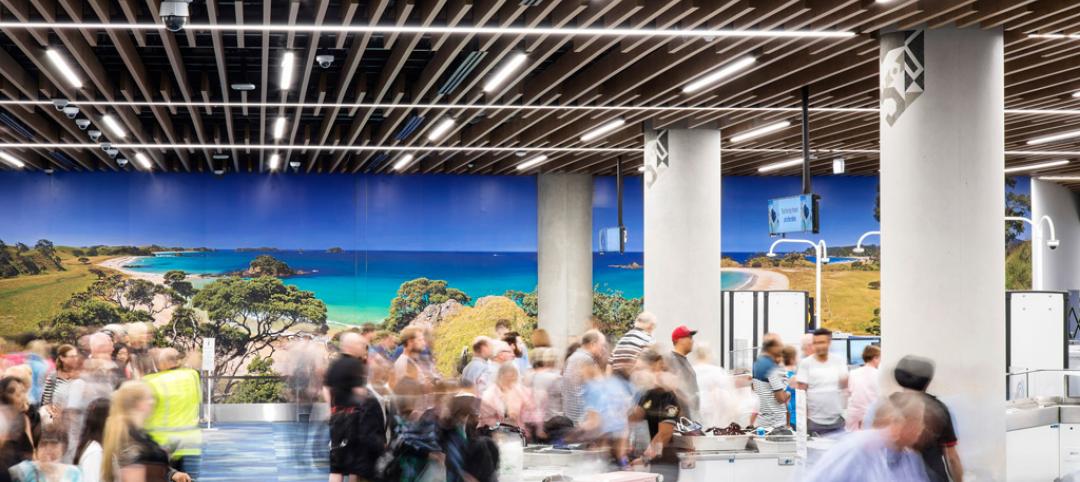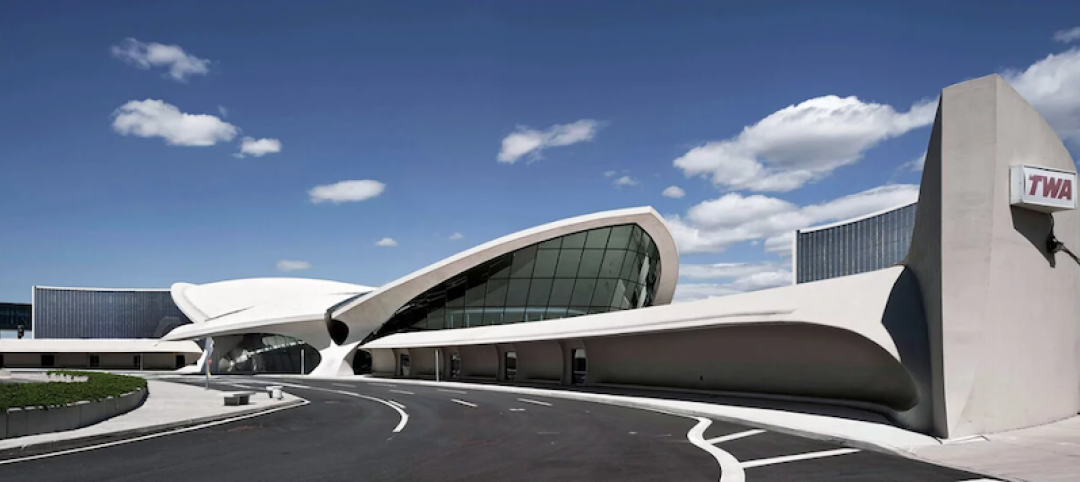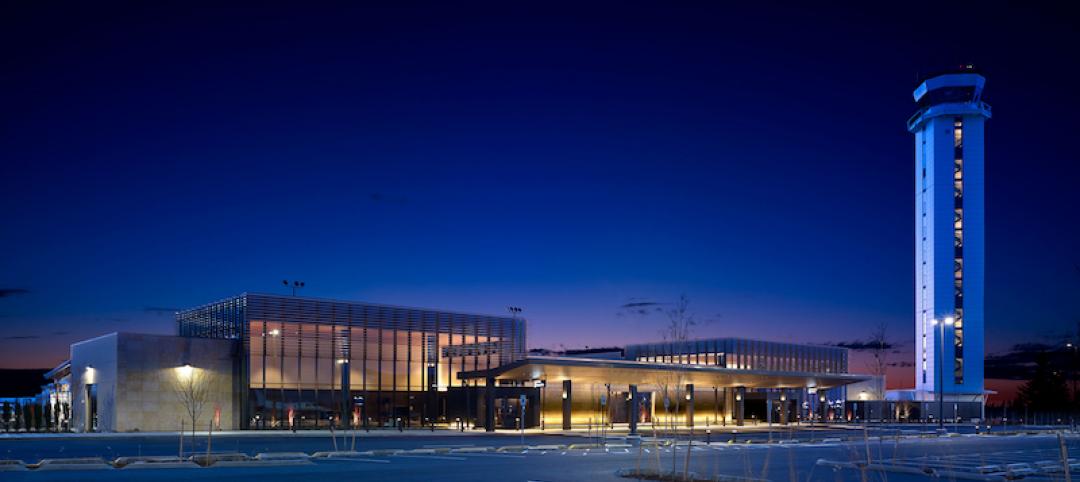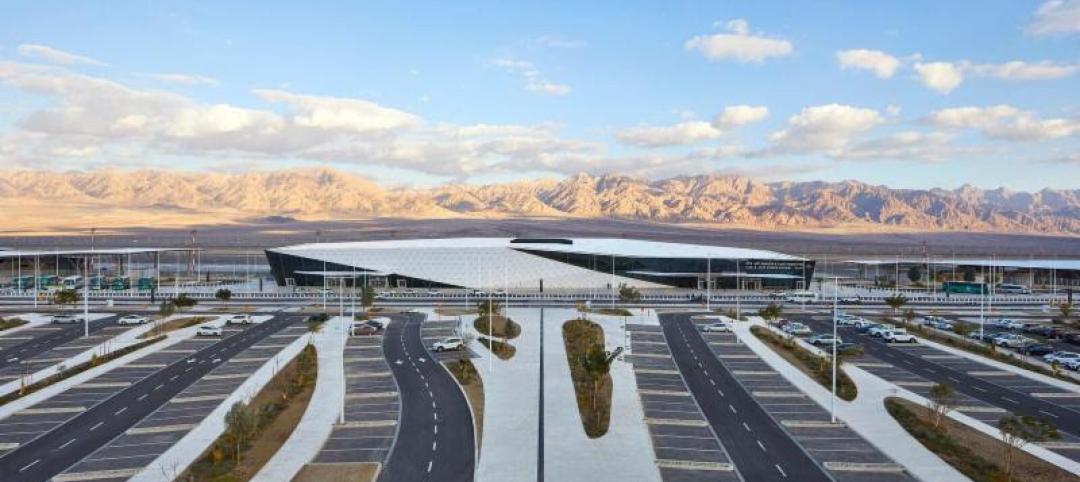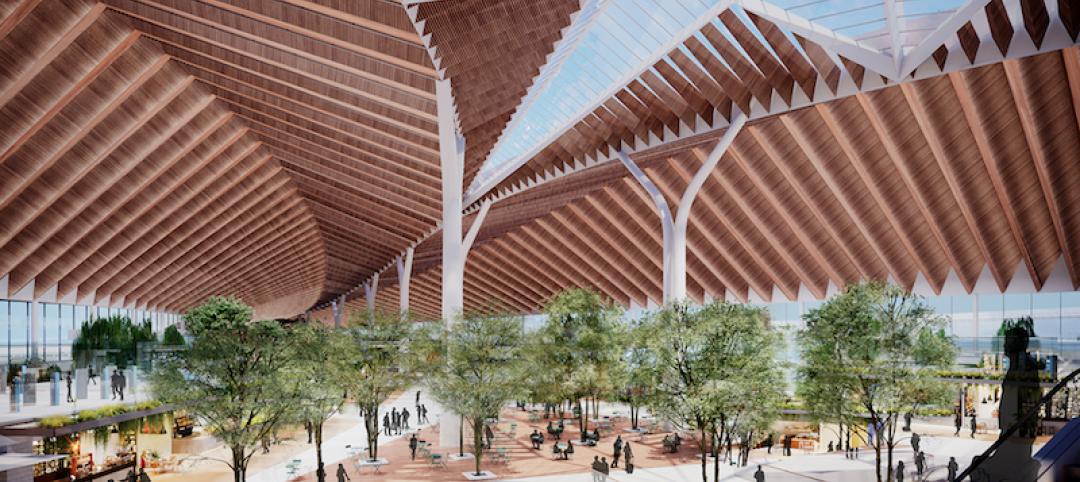The Federal Aviation Administration forecasts that air travel in the U.S. will increase by about 50% in the next 20 years. Are airports ready for that surge? More important, can airports provide the kind of frictionless experience that passengers will expect and demand?
To explore these questions, last February engineering giant Arup conducted a “salon” in San Francisco on the future of aviation. Invitees were a diverse mix of 22 experts representing airport operators, planners, developers, engineers, and manufacturers, including some—like representatives from Autodesk, Intel, and Visa—who offered a broader context.
Arup let BD+C take a peek at a draft of its report on the salon’s key points. The report identifies core themes for three primary stakeholders—the airlines, passengers, and airports—that revolve around “choreographed seamlessness,” “connected and predictable” service, and productive systems. Design can drive airport efficiency, but only when there’s positive cooperation among stakeholders.
Passenger satisfaction often begins with “technological convergence” that facilitates easier mobility and processing. “Touchless screening, automated check-in, tailored retail services, and real-time operational information could stimulate the seamless experience,” the draft stated.
However, technology is developing faster than the aviation industry can devise purposes for it. On the other hand, “no tech trumps high tech,” meaning that passengers still prefer a humanistic, natural environment. “The future of technology will always be about the people who use it.”
Other lessons learned:
• Technology shrinks future airport concrete. Huge spaces once allocated for check-in and security should be reconsidered as passengers adapt to self-service options.
• Collaboration frees technology. Barriers between airlines, airports, regulators, and technology providers will only thwart process enhancements.
• Your bag will have its own identity. Renovation and new construction of airport terminals often focuses on streamlining baggage-handling systems. While paper bag tags aren’t going away, it’s only a matter of time before luggage that’s traceable via bar codes or RFID chips becomes available for purchase in stores.
• The future of retail is at the airport. Retail, food, and beverage are big revenue streams for airports. That might explain why some large hubs have turned their terminals into shopping malls.
• Your journey will be branded. Airlines currently control the traveler’s experience, but the salon’s participants see opportunities for other entities—including airports themselves—“to occupy the passenger’s cognitive space.”
Another theme from the salon: the need for “intelligent” ground transportation that “allows riders comfort in knowing their entire journey is accounted for before boarding.” Technology could help passengers pre-plan and customize their trip along all journey touch points, like scheduling and predicting arrival times for door-to-hotel transport, or tracking luggage in real time.
Many of the salon’s attendees highlighted the need to ensure that regulatory actions—especially those relating to security, customs, and immigration—are enforced in ways that minimize passenger delays.
Related Stories
Airports | Oct 30, 2019
COX Architecture and Zaha Hadid Architects will design the Western Sydney Airport
The COX/ZHA team was selected from a field of over forty applicants.
Giants 400 | Oct 25, 2019
Top 55 Airport Sector Construction Firms for 2019
Hensel Phelps, AECOM, Turner, Skanska, and PCL top the rankings of the nation's largest airport terminal sector contractors and construction management firms, as reported in Building Design+Construction's 2019 Giants 300 Report.
Giants 400 | Oct 25, 2019
Top 60 Airport Sector Engineering Firms for 2019
Jacobs, Arup, Burns & McDonnell, Ghafari Associates, and Kimley-Horn head the rankings of the nation's largest airport terminal sector engineering and engineering architecture (EA) firms, as reported in Building Design+Construction's 2019 Giants 300 Report.
Giants 400 | Oct 25, 2019
Top 50 Airport Sector Architecture Firms for 2019
AECOM, Gensler, HNTB, Corgan, and HOK top the rankings of the nation's largest airport terminal sector architecture and architecture engineering (AE) firms, as reported in Building Design+Construction's 2019 Giants 300 Report.
Design Innovation Report | Jun 25, 2019
2019 Design Innovation Report: Super labs, dream cabins, office boardwalks, façades as art
9 projects that push the limits of architectural design, space planning, and material innovation.
Airports | May 20, 2019
How the Internet of Things will transform airport environments
Connected devices and their wealth of data have led to significant improvements in operational efficiency and passenger experience in airports.
Hotel Facilities | May 16, 2019
JFK’s TWA Flight Center has been reimagined as a hotel
MCR and Morse Development spearheaded the project.
Airports | May 9, 2019
Paine Field-Snohomish County Airport’s new terminal culminates early plan
$40 million redevelopment brands hub as true boutique airport.
Airports | May 1, 2019
The Ilan and Asaf Ramon International Airport opens in Israel’s Negev Desert
Amir Mann-Ami Shinar Architects and Planners designed the facility in partnership with Moshe Zur Architects.
Airports | Apr 1, 2019
Home team wins O’Hare terminal design competition
Studio ORD, which includes Chicago-based Studio Gang, is chosen from five finalists.


